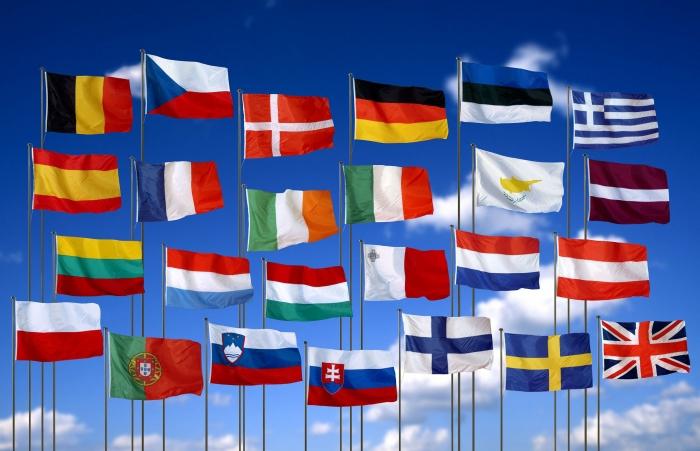Each state has a certain form of political structure, and a union of sovereign states united by common goals is characterized by a confederative form of government. In history, there are examples of such unions that formed a confederation for external and internal political purposes. Most often, confederation countries were created to address the following issues: army, transport, foreign policy, communication system.

The Confederation is considered a rather weak form of government and has a short lifespan. The result of the activities of a confederate state may be its transformation into a federation or the termination of existence after achieving the goals. The instability of the confederation is explained by the fact that each of its subjects, at its request, can terminate the agreement on membership in this association. A striking example of a confederation is the United States, a country created as a result of an alliance of independent states, and subsequently transformed into a federation. Often, the confederation is presented as a transitional stage to the formation of a new independent state.
A confederate state has its own specific features that characterize it as a special form of government. Members of the confederation are independent countries, which retain their state elements, including legislative, executive, and
judicial powers. The monetary system does not change, the army remains the same, the activities of the tax authorities remain. A confederate state is the opposite of a federation, and its members can be members of one or more confederations at a time.
The state management system is characterized by the presence of a budget, the confederate state forms it from the established contributions, which all countries in this union are obliged to pay. The Confederation has its own governing bodies, which include members of the Allied
states. They coordinate only those issues that contribute to the achievement of goals. These authorities do not possess direct power, but act exclusively through entities. A huge advantage of the state being in the confederation is the simplification of the procedure for the movement of citizens across the territory of the allied states. Visa-free regimes are introduced. It is important to note that a confederate state does not exclude the possibility of creating a common
monetary system, credit policy among states and other common institutions.
The modern concept of confederation has a very vague framework, and discussions are underway about the existence of such an independent form of government. The reason for this is the fine line of interaction between different states, which often goes beyond the confederation.
At present, there are no pronounced confederations in their general form, although there are associations of states that have characteristic features. The most important condition for the creation of a confederate state is the legislative consolidation of this fact. Therefore, many modern state unions, which include the UN and the CIS, do not belong to the confederation.